Insights from the Plenary Meeting in Turin, Italy
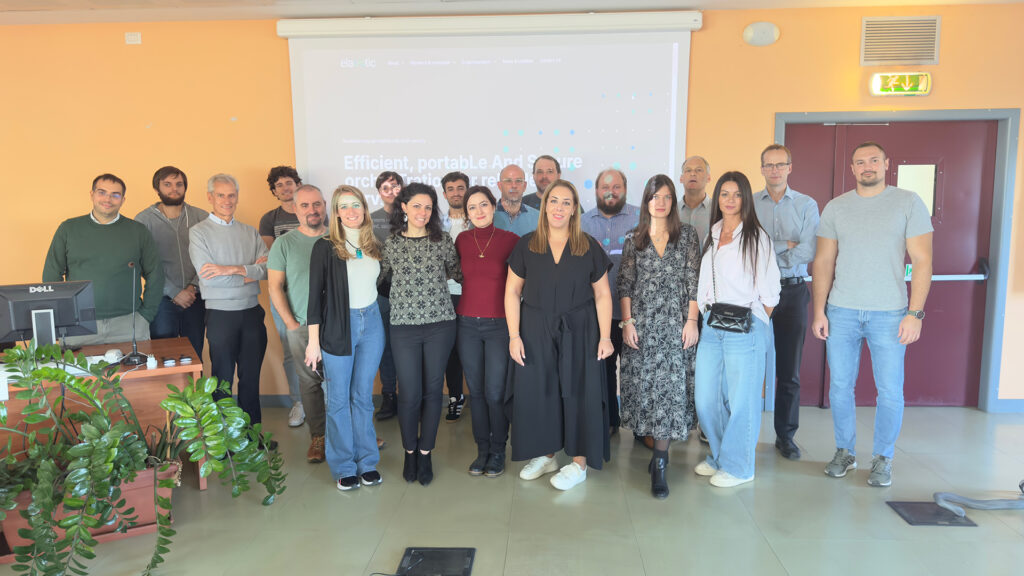
In early October, the ELASTIC project consortium gathered in Turin, Italy, for a two-day plenary session, hosted by Politecnico di Torino. This meeting, a pivotal gathering for the consortium, allowed partners to review technical progress, synchronize work across teams, and prepare for upcoming milestones. The agenda was designed to facilitate updates on the project’s work packages (WPs), critical for reaching ELASTIC’s goal of developing efficient, secure orchestration technologies for 6G services.
Day 1: Diving into Architecture and Executable Isolation
The meeting began with an overview of ELASTIC’s architecture, focusing on the current state and strategic goals. This workshop, led by IMEC and THS, provided an essential context for partners to understand the project’s evolving architecture. Key discussion points included intra/inter communication APIs, pilot use cases, and adaptations for ELASTIC’s architecture within real-world applications. Partners considered the technical aspects of platform choices, with an emphasis on WebAssembly (Wasm) and eBPF/XDP for lightweight deployment.
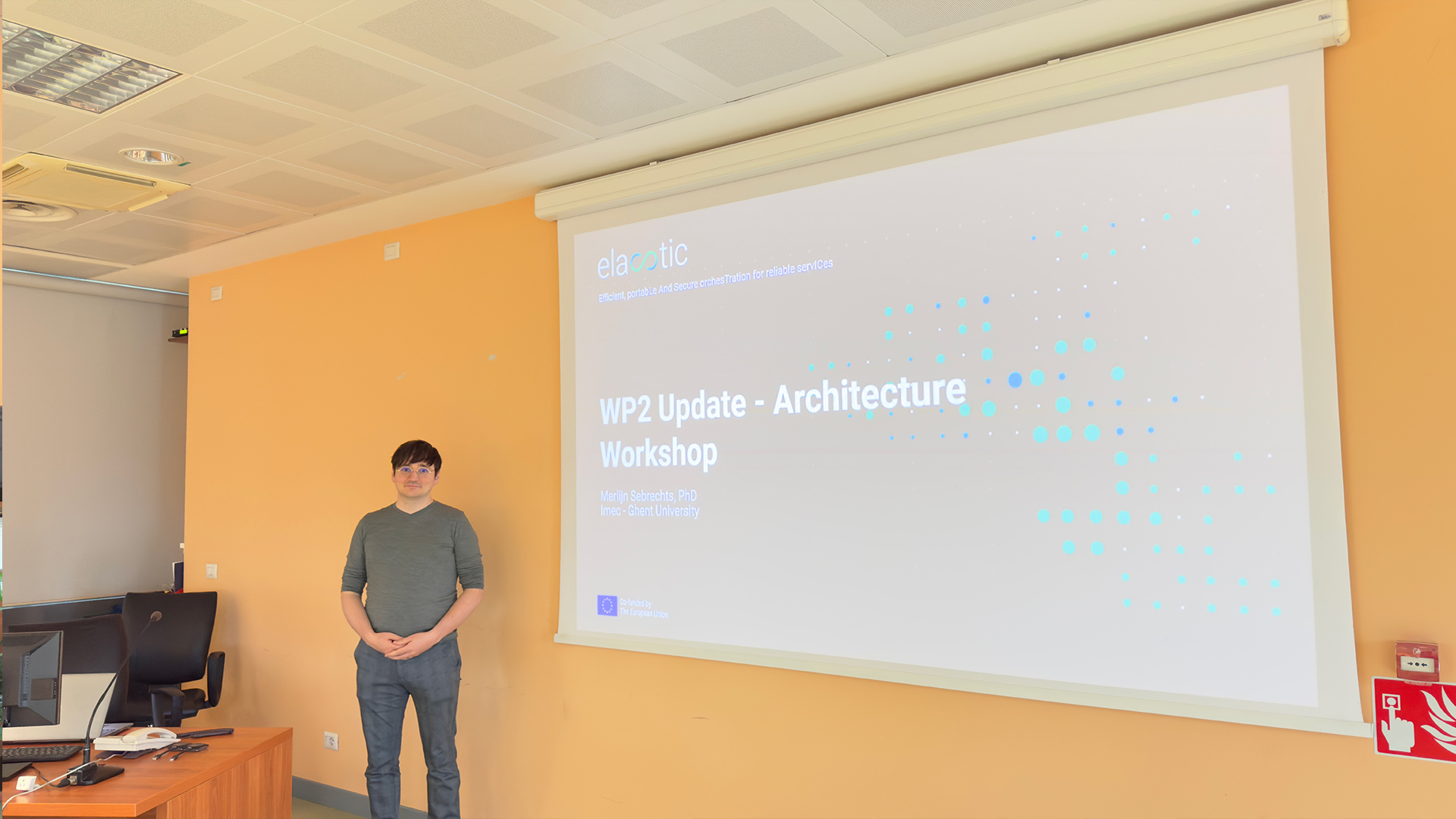
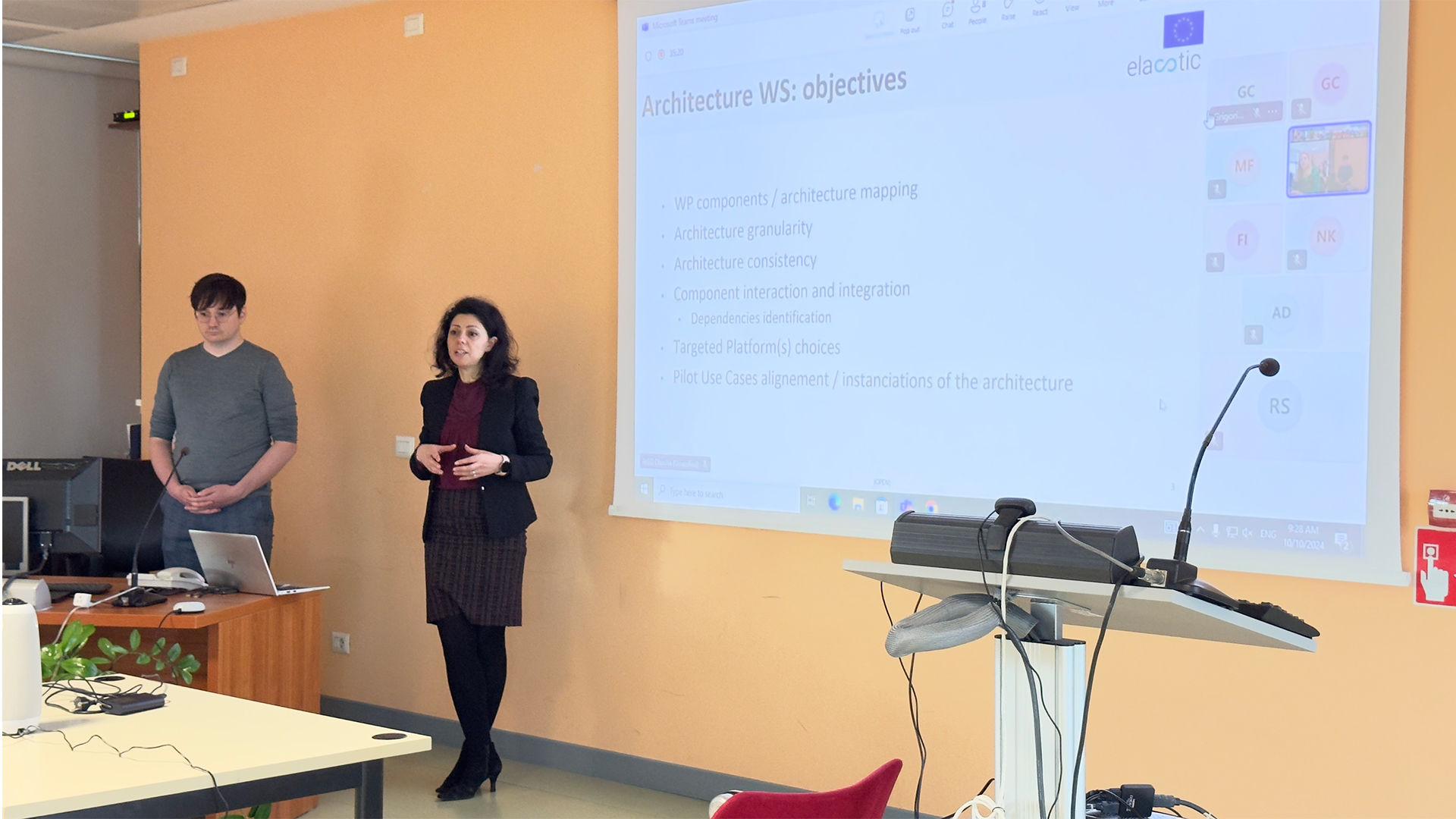
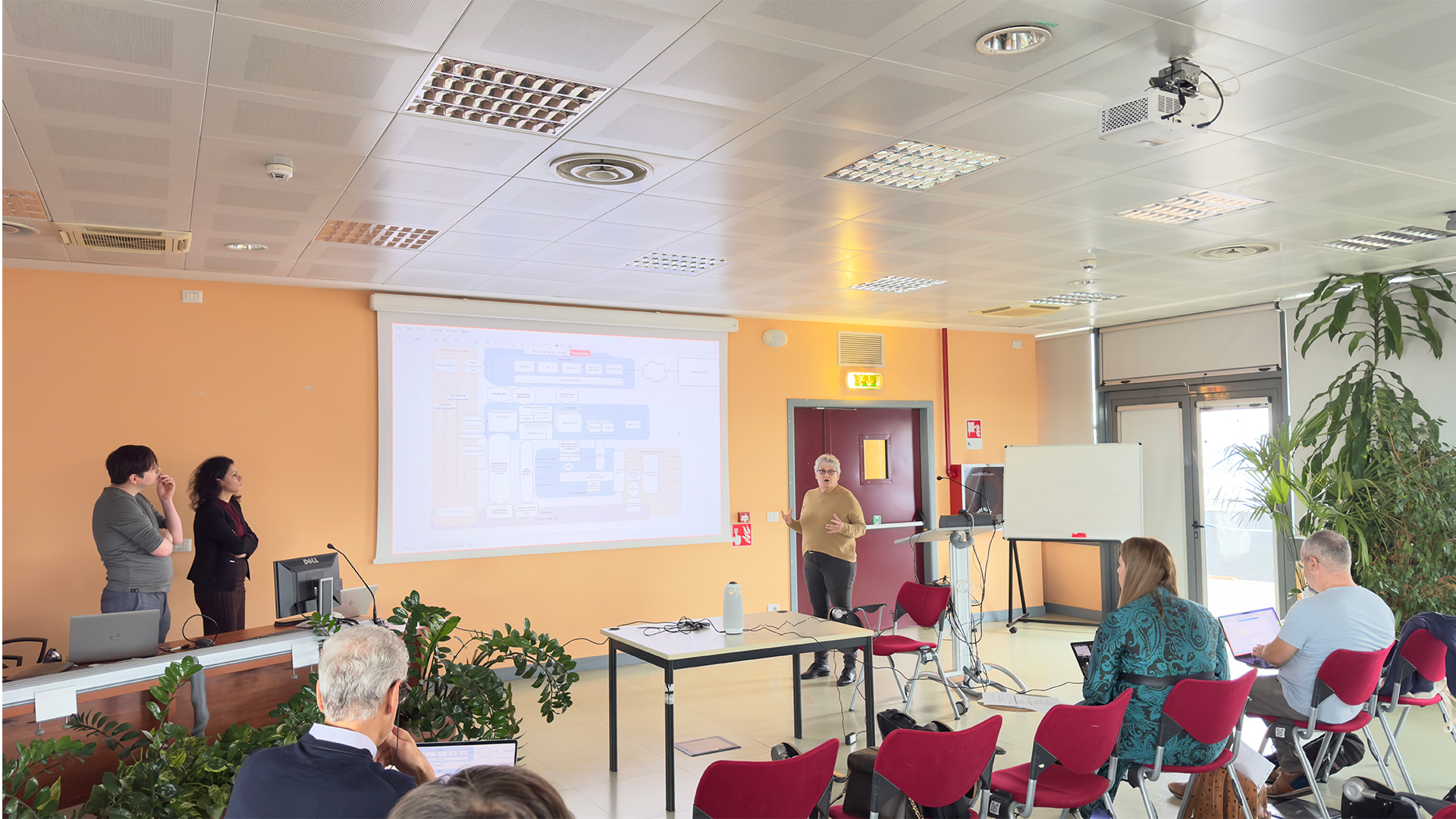
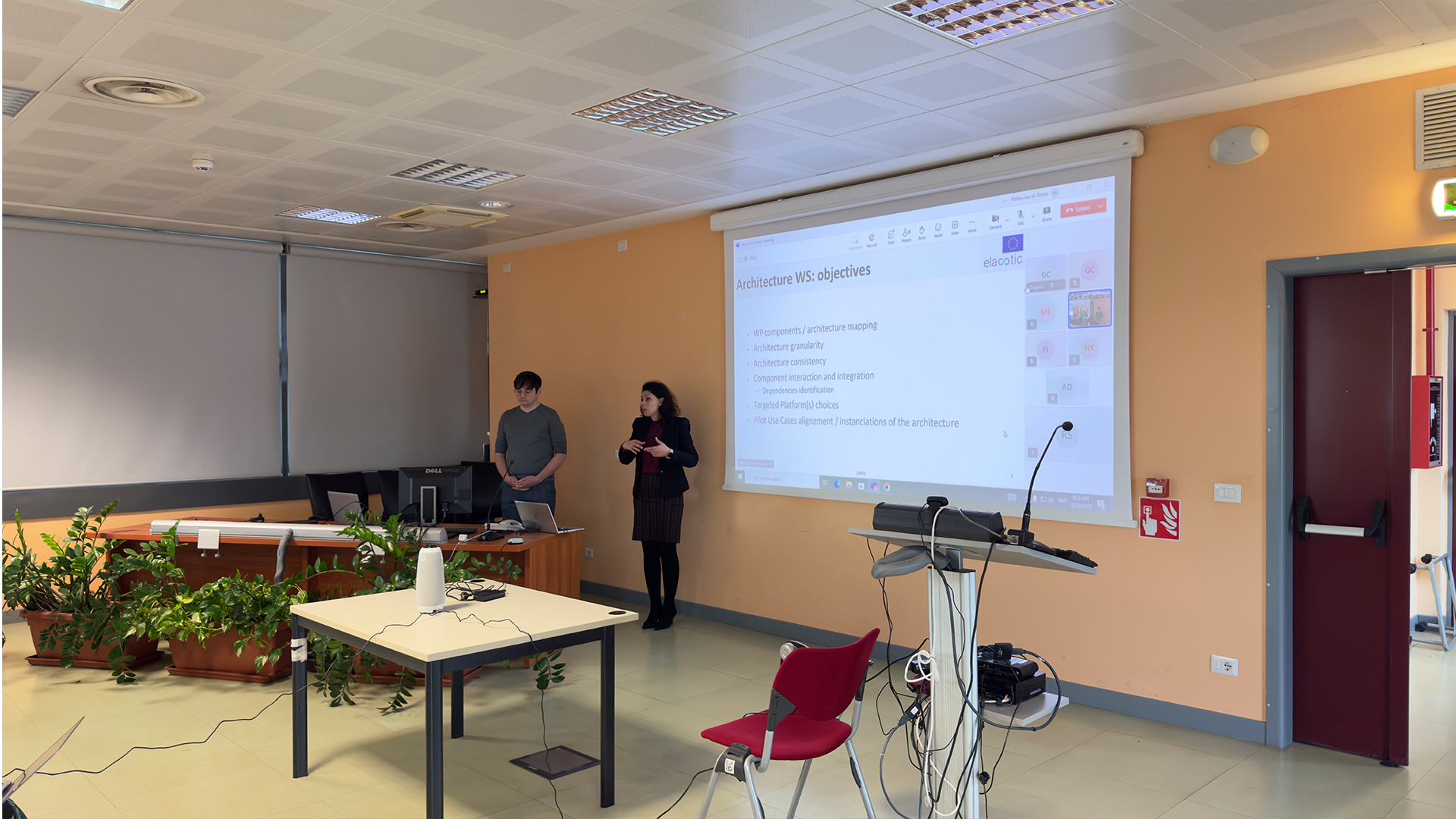
Following the architecture discussion, the focus shifted to WP1, “Efficient, Portable, and Secure Executable Isolation.” This work package, crucial to ELASTIC’s security and flexibility, aims to enhance security in 6G through lightweight Wasm and eBPF integration. Representatives from IMEC, POLITO, and AAL highlighted advancements and reported on the isolation techniques being developed to protect 6G services, such as eBPF in-kernel plugins and low-latency mechanisms. One of the primary goals is to establish secure, isolated environments, enabling safer deployment of distributed functions, especially within constrained environments such as IoT and edge computing nodes.
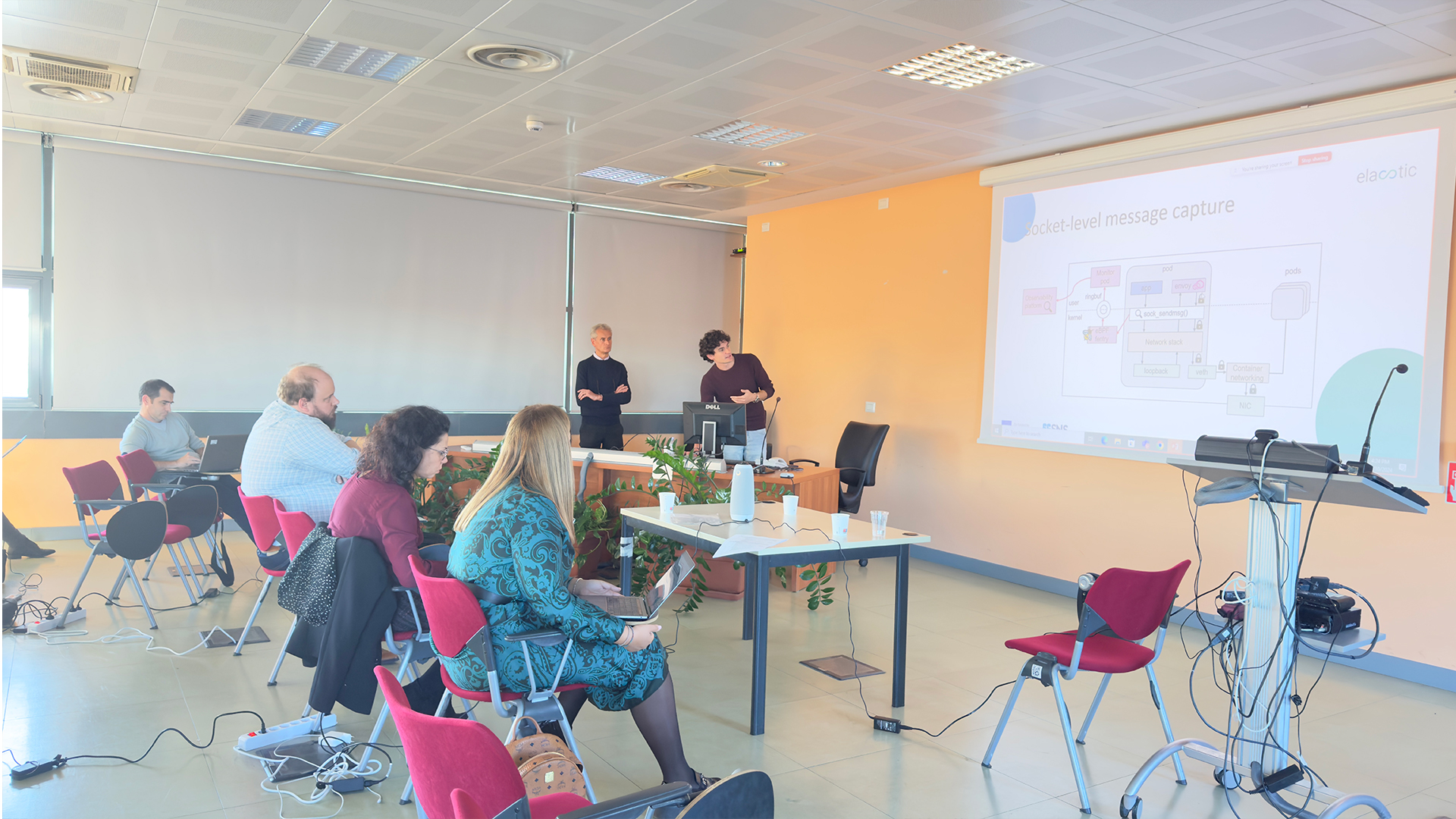
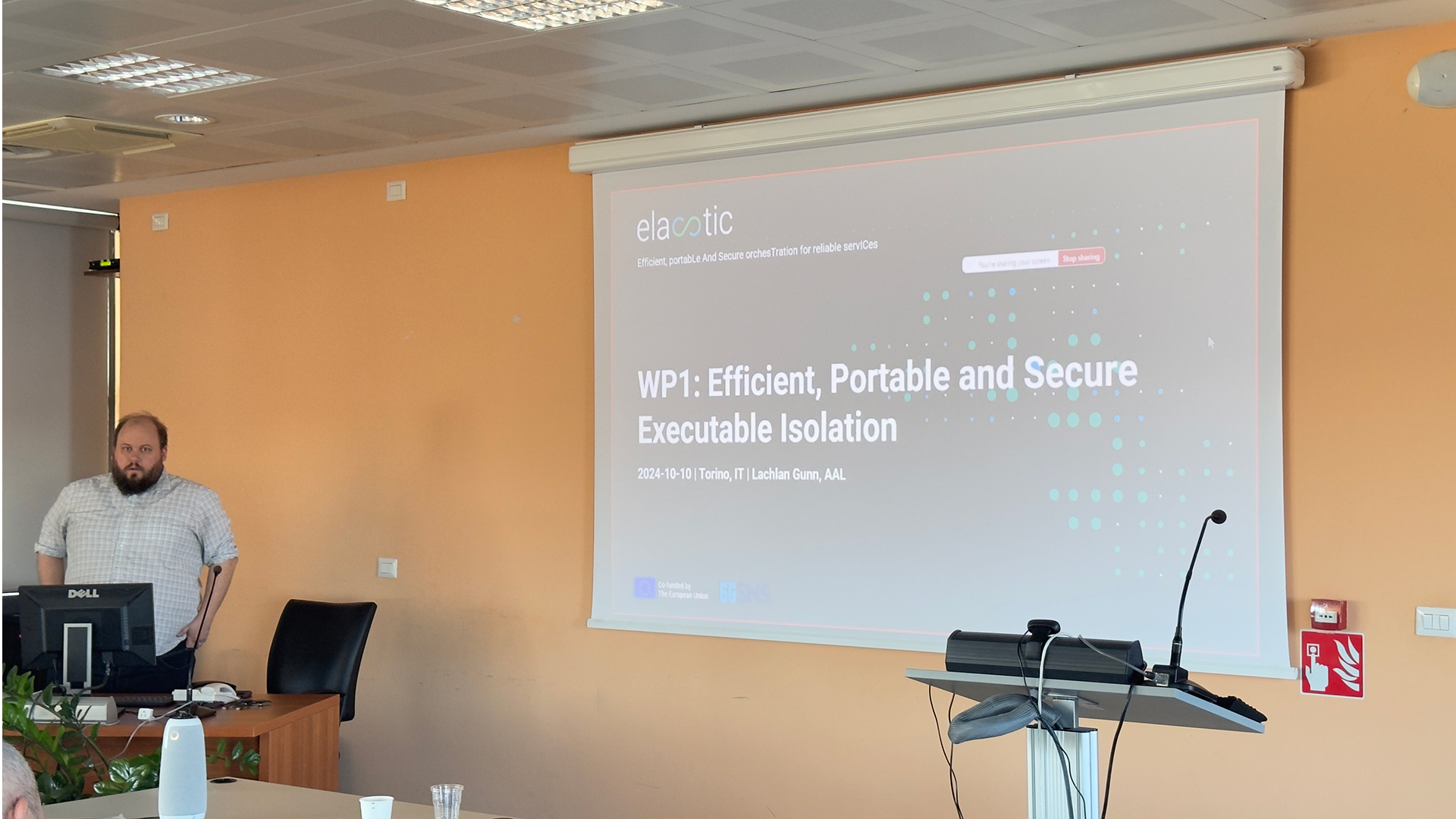
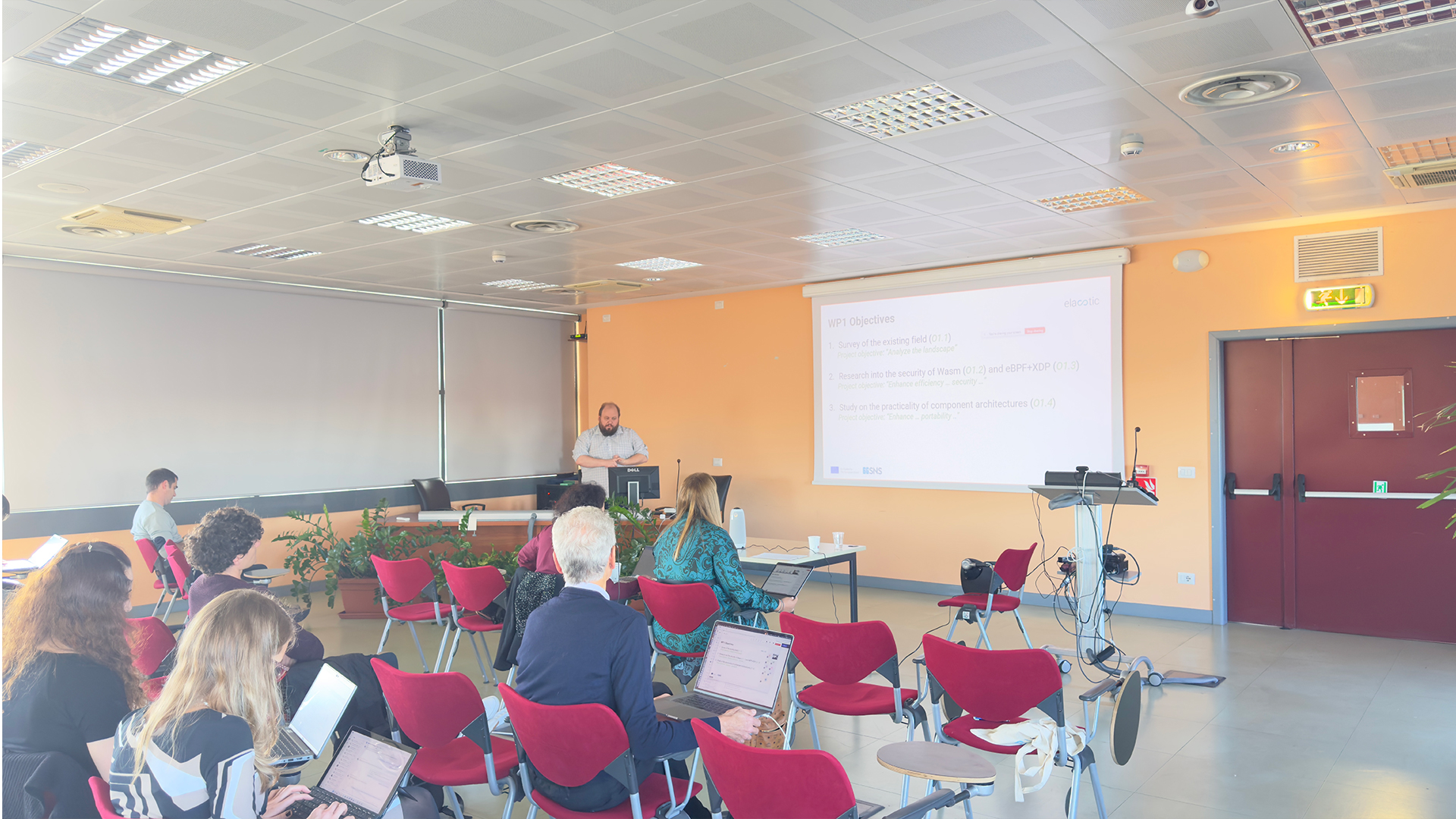
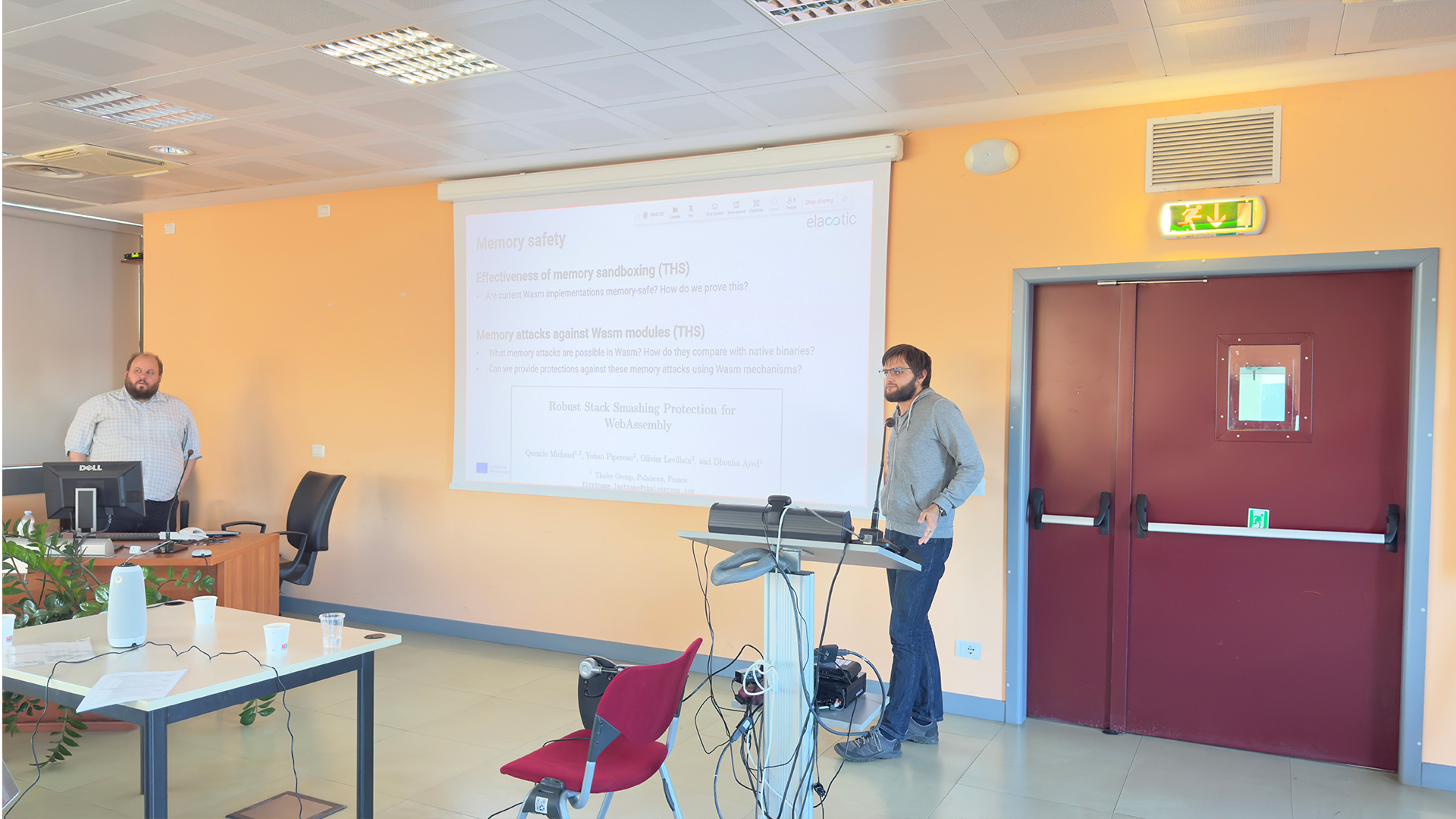
Afternoon Session: Exploring FaaS Orchestration
The afternoon moved into WP2’s focus on “Serverless FaaS Orchestration.” This part of the project aims to make function-as-a-service (FaaS) adaptable and efficient across diverse architectures, from core networks to edge devices. The session showcased the project’s innovative use of Wasm and serverless functions to achieve low-latency orchestration. By leveraging FaaS, ELASTIC intends to create architecture-agnostic services that scale dynamically, meeting the critical requirements of 6G. Task leads from AMA, TID, and POLITO presented mechanisms for robust orchestration and efficient supervision of workloads, an area where eBPF/XDP’s real-time network capabilities come into play. The consortium discussed D2.1 and worked to define tasks and contributions needed to meet key deliverables.
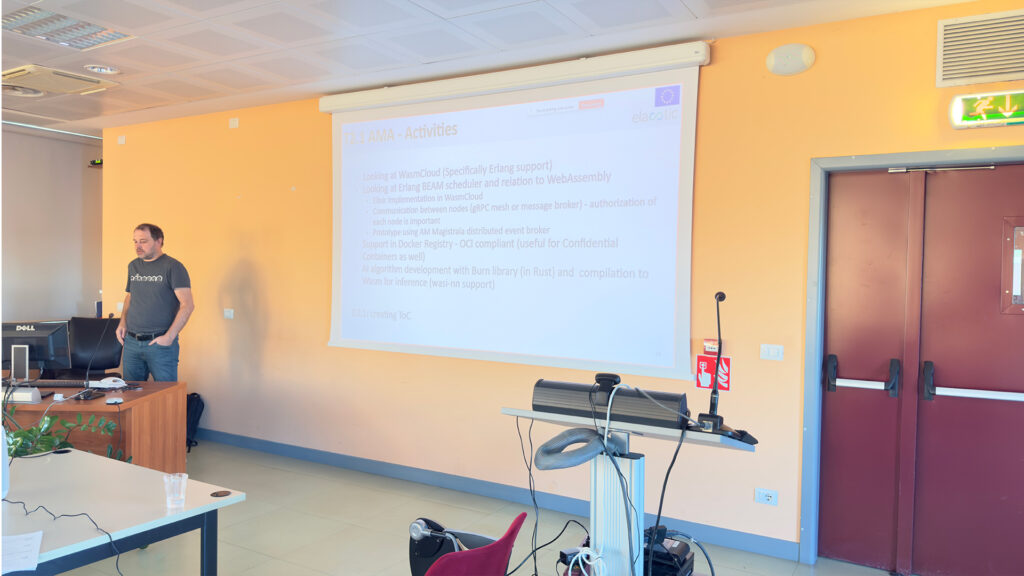
Day 2: Confidential Computing, Edge Orchestration, and Demonstrators
Day two began with WP3, which focuses on privacy-preserving execution via confidential computing. This session, led by THD, laid out the security strategies in place for Wasm runtime deployments within Trusted Execution Environments (TEEs). The team is developing an abstraction layer that allows sensitive workloads to be securely executed within TEEs. This is essential for use cases where privacy is paramount, such as multi-party AI computations, enabling stakeholders to collaborate without exposing sensitive data.
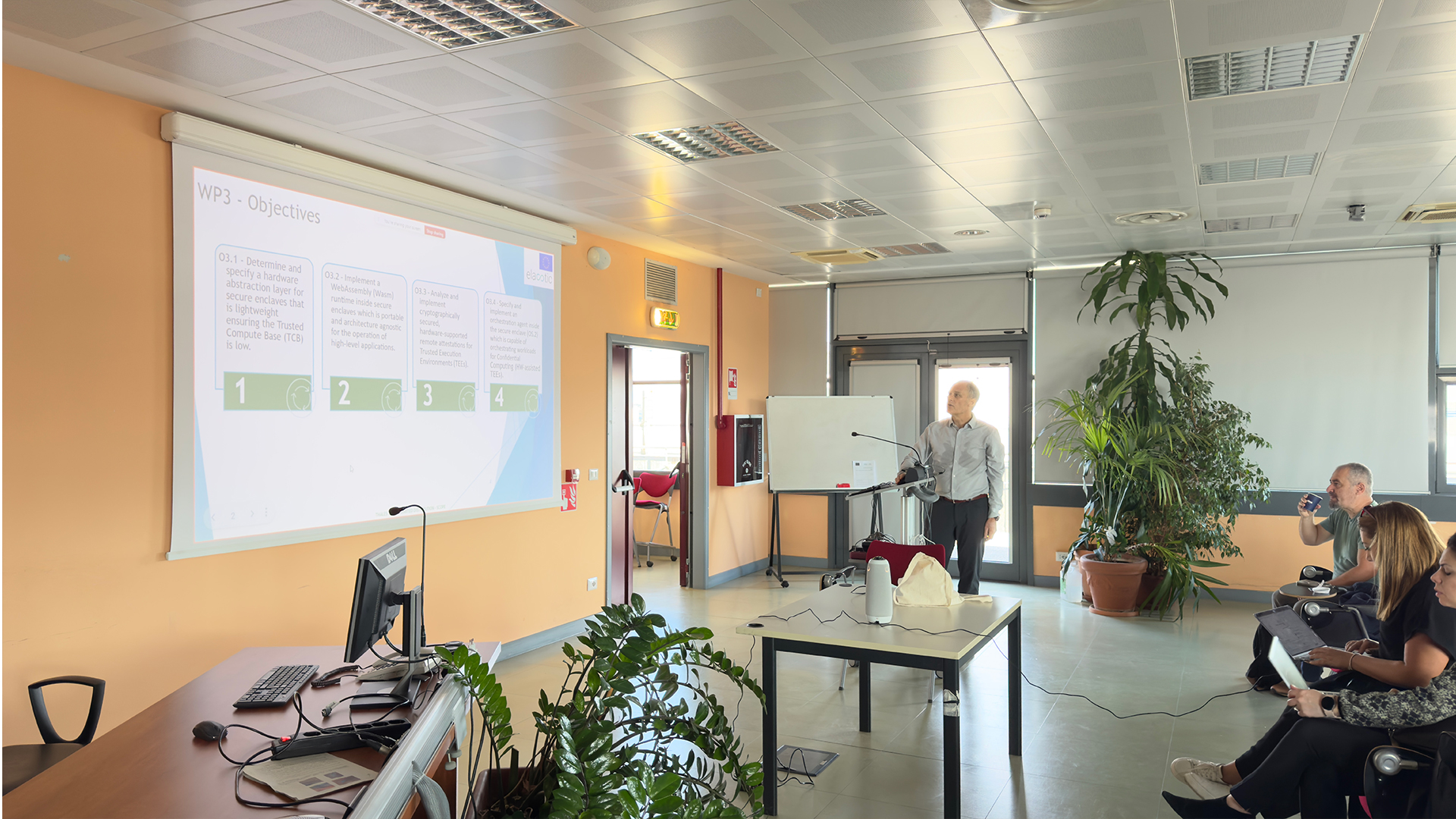

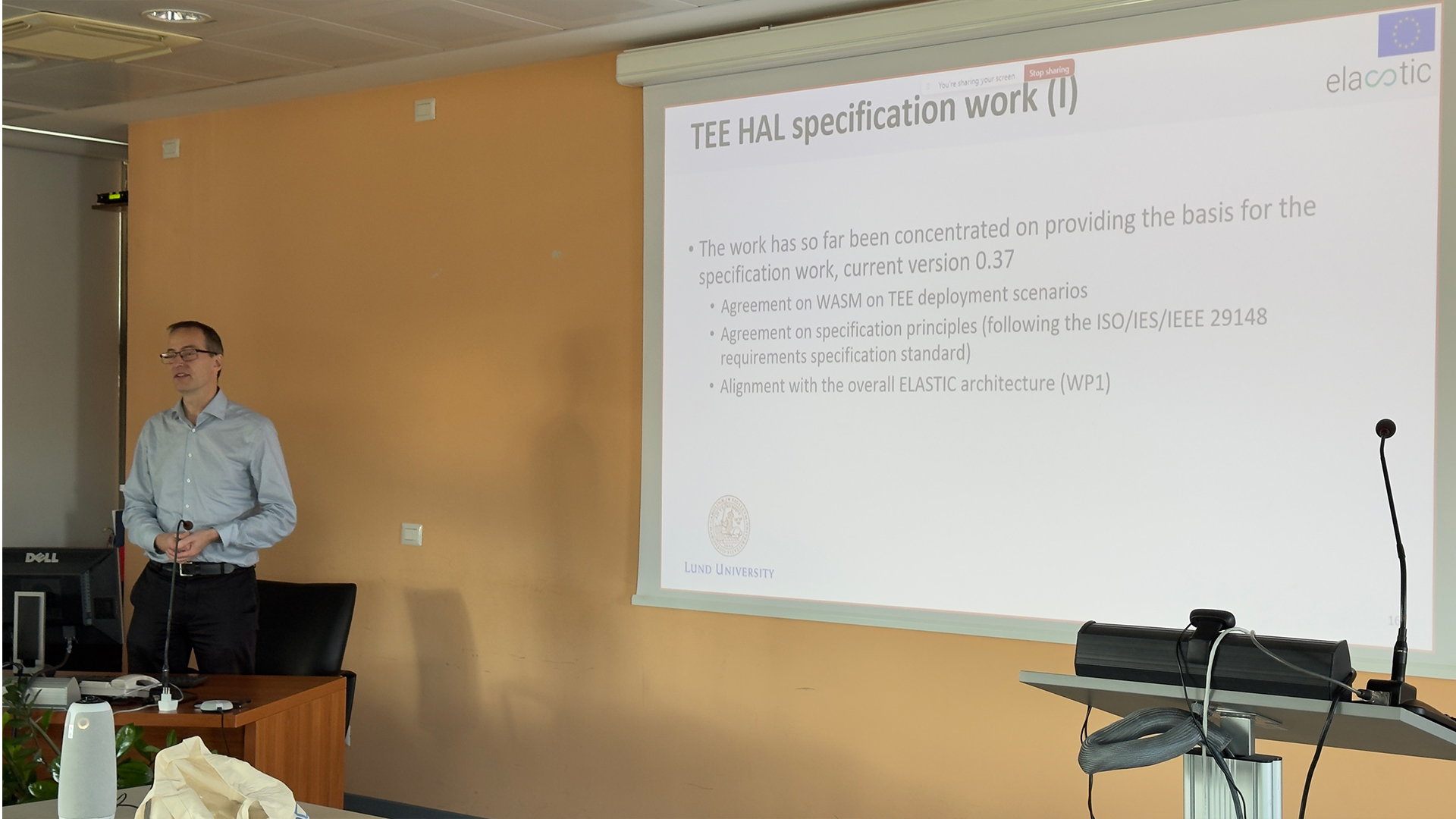
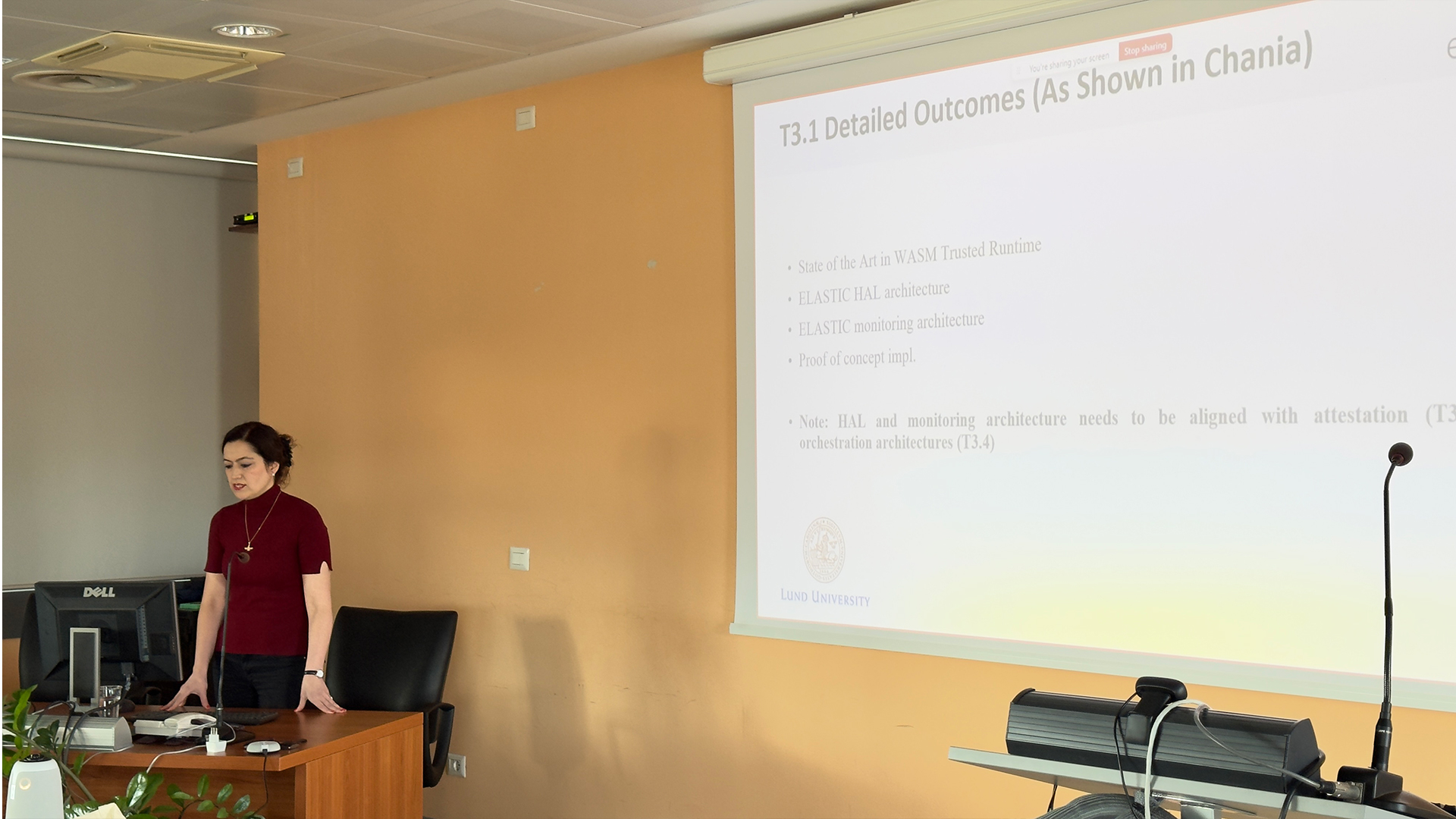
The discussion then progressed to WP4, centered on orchestration at the edge. In 6G’s heterogeneous ecosystem, devices at the edge or far-edge often have limited resources, making lightweight and portable orchestration necessary. Zentrix Lab (ZEN), alongside TID and AMA, introduced new support for Wasm, eBPF, and TEEs on IoT devices, addressing critical milestones in edge workload orchestration. This WP also touches on TinyML and federated learning, which empower edge devices to process data locally, minimizing latency while protecting privacy.
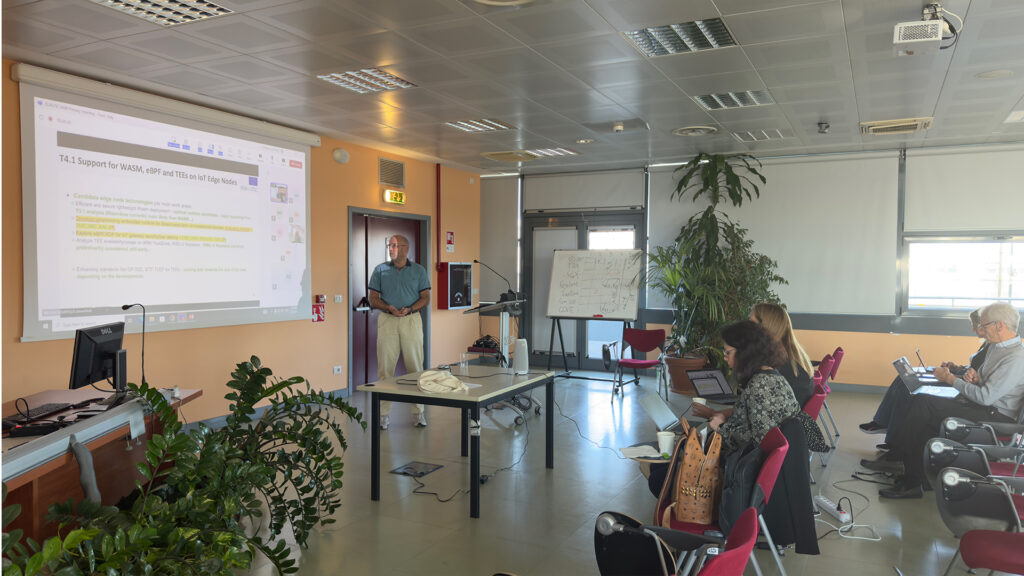
Afternoon Highlights: Demonstrators and Dissemination
In the afternoon, attention turned to WP5, where the consortium reviewed plans for ELASTIC’s demonstrators. These demonstrators, two of which are pilots (IoT data fabric for 6G and a confidential computing platform), will validate ELASTIC’s technology in real-world settings. The session, led by UVC, allowed partners to map out requirements, refine tasks, and identify infrastructure needs. These pilots will serve as a tangible demonstration of ELASTIC’s approach to 6G orchestration, showcasing its potential across industries.
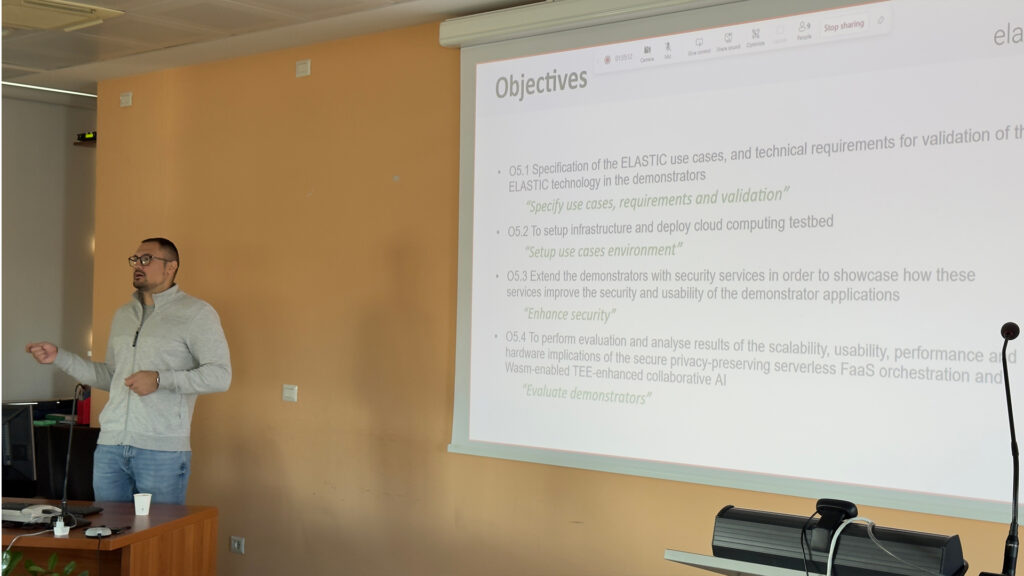
Finally, WP6 on “Dissemination, Standardization, and Exploitation” highlighted the project’s outreach goals. Partners are working on content to engage the research community, including communication materials and outreach to potential stakeholders. With representation from Zentrix Lab, and AAL, the session discussed the distribution of content, assets, and the ecosystem expansion strategy for the project. Notably, the focus remains on broad dissemination without overselling, aiming for authentic engagement with the scientific and industrial communities.
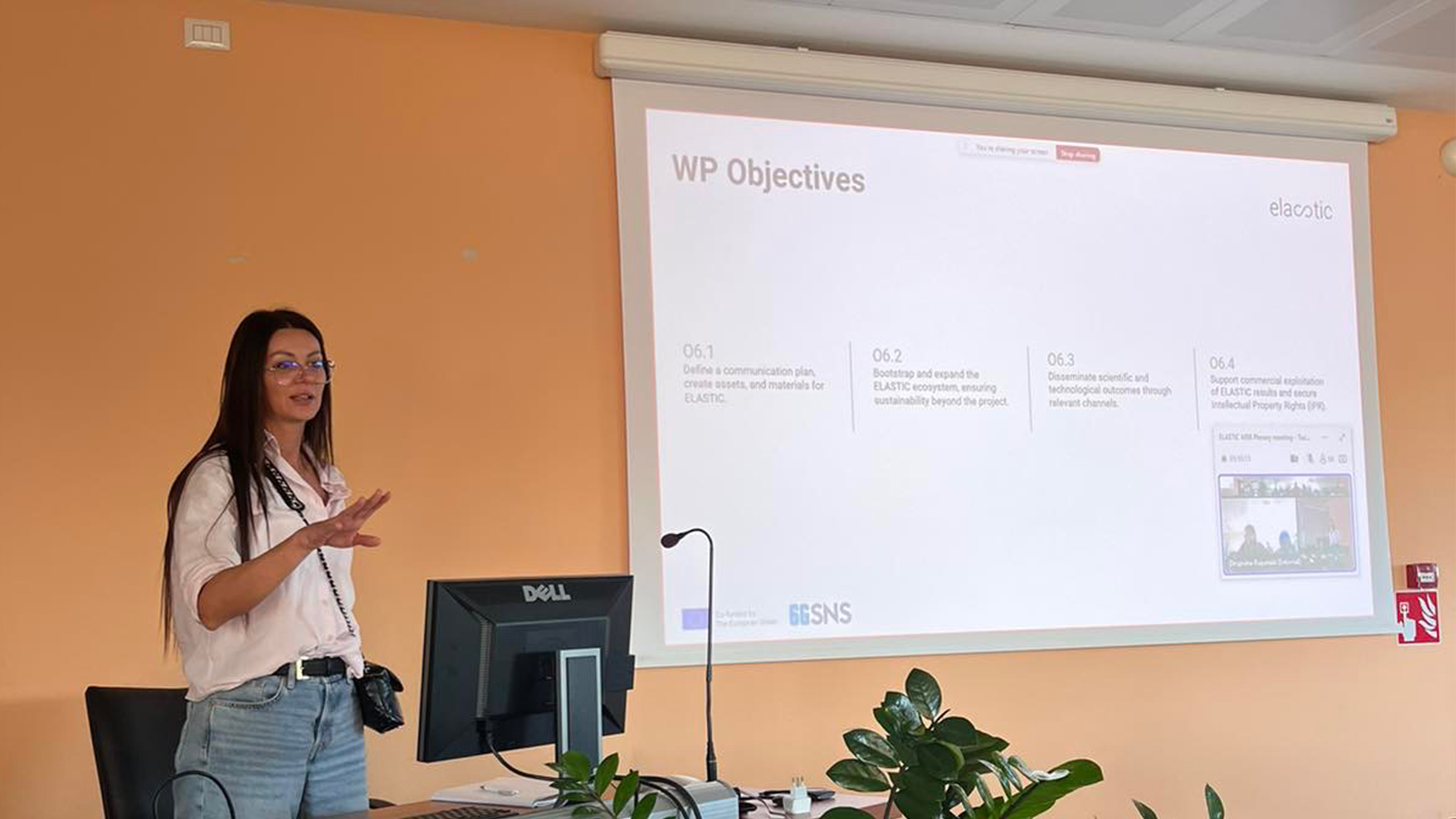
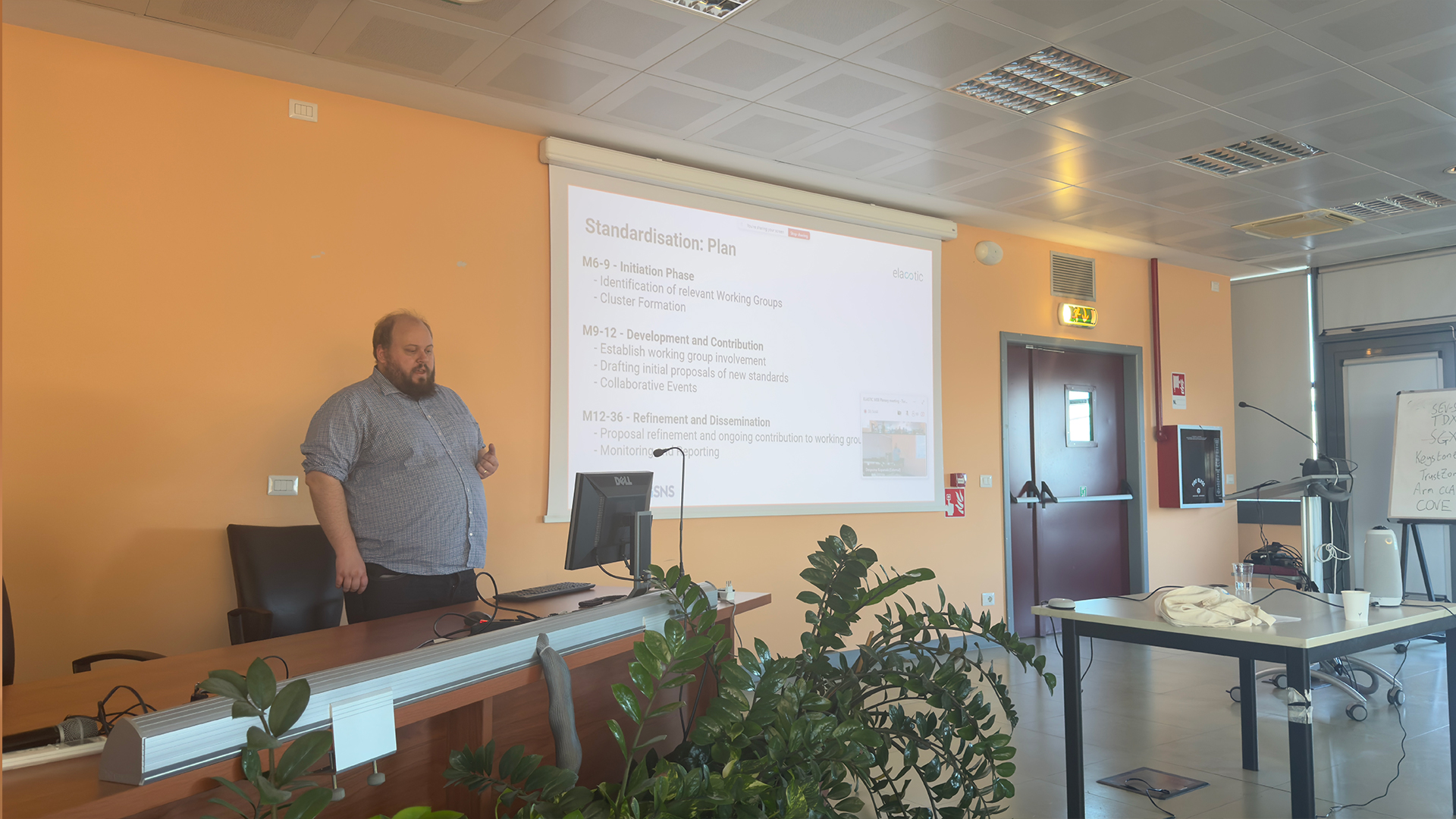
WP7: Project Management and Consortium Coordination
The meeting wrapped up with a review of WP7, which handles the project’s operational backbone. Led by TUC, this work package is dedicated to ensuring that the project stays on course, with clear communication across the consortium and well-defined processes for tracking progress. WP7 oversees financial management, technical coordination, and quality assurance. It also includes risk management, data governance, and ethical considerations—each essential for managing a project as complex as ELASTIC.
During this session, the WP7 team provided updates on project finances, monitoring mechanisms, and quality controls, discussing any potential risks and deviations. The consortium also examined the Data Management Plan and ethics procedures, with TUC sharing insights into aligning them with European Commission requirements. This session helped clarify responsibilities among partners, with each task leader receiving a detailed checklist to guide upcoming deliverables and deadlines.
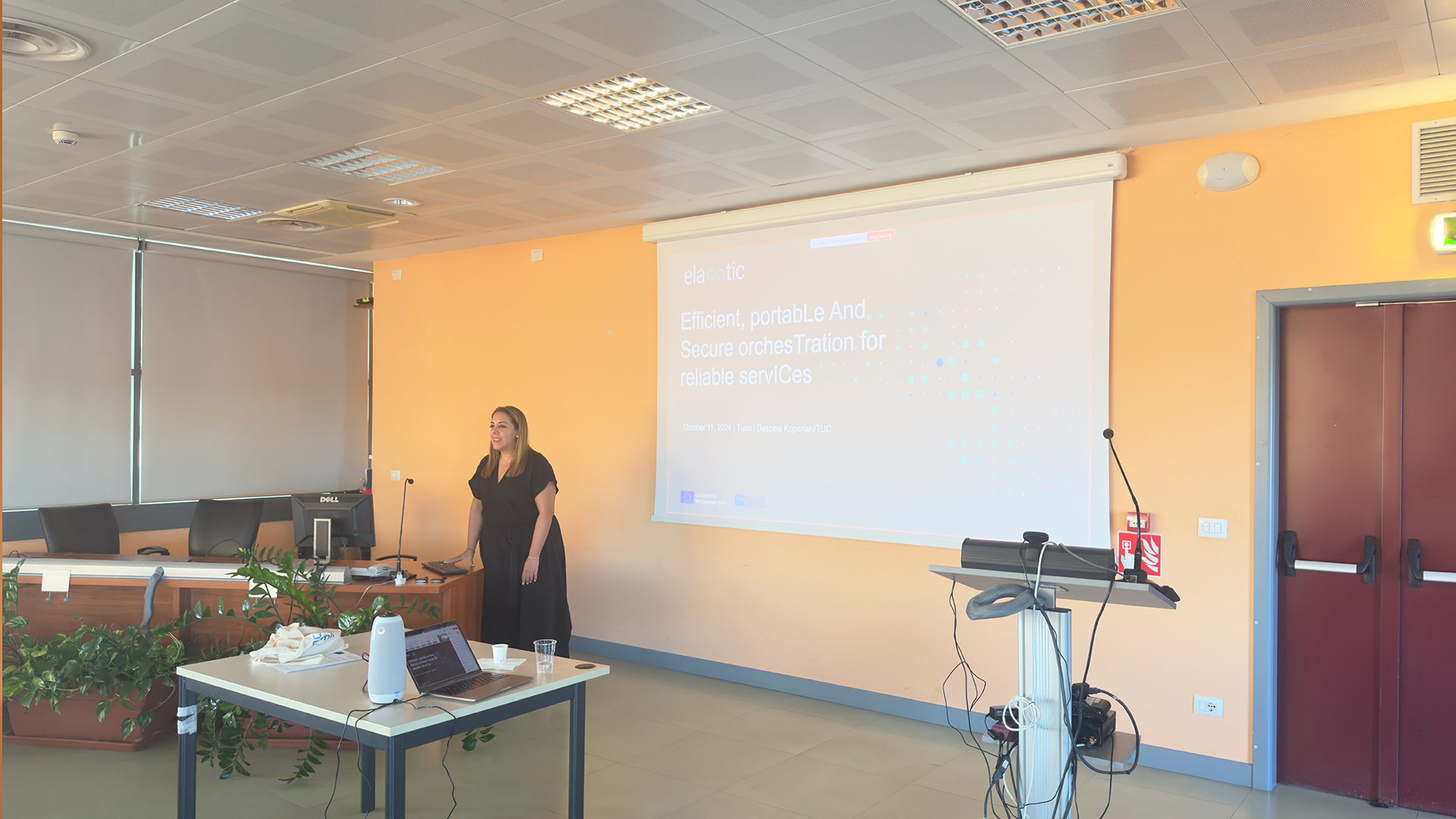
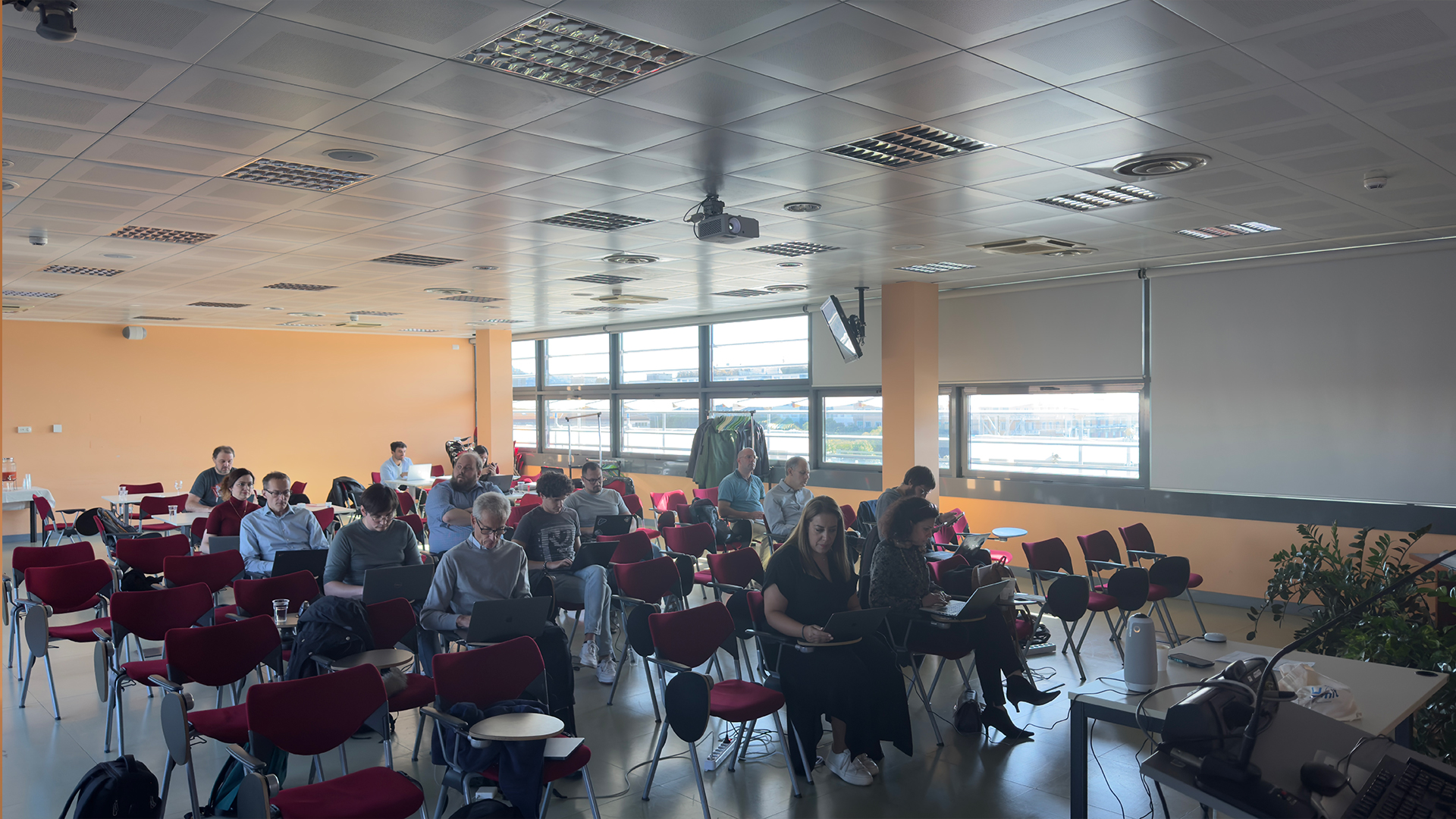
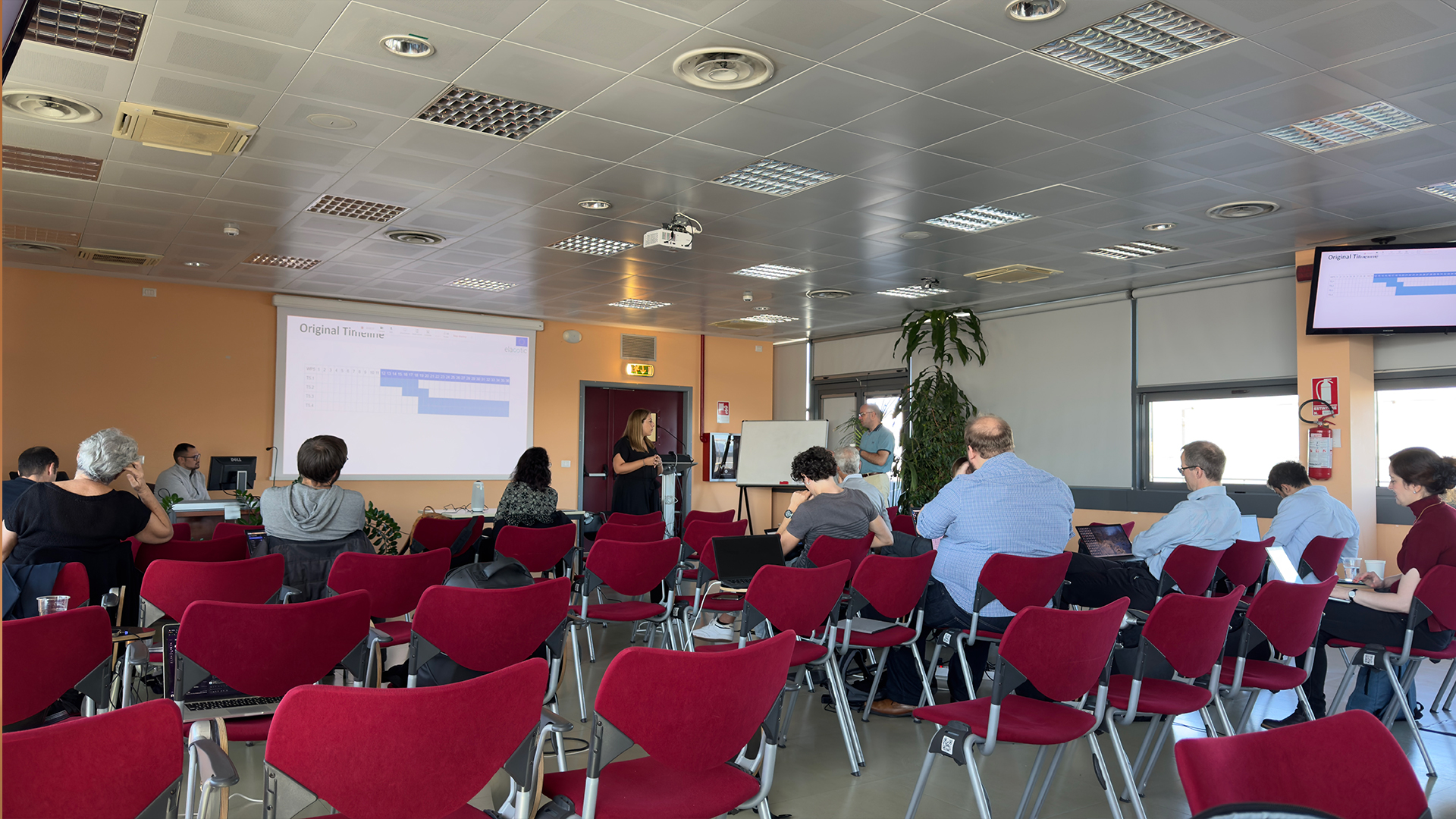
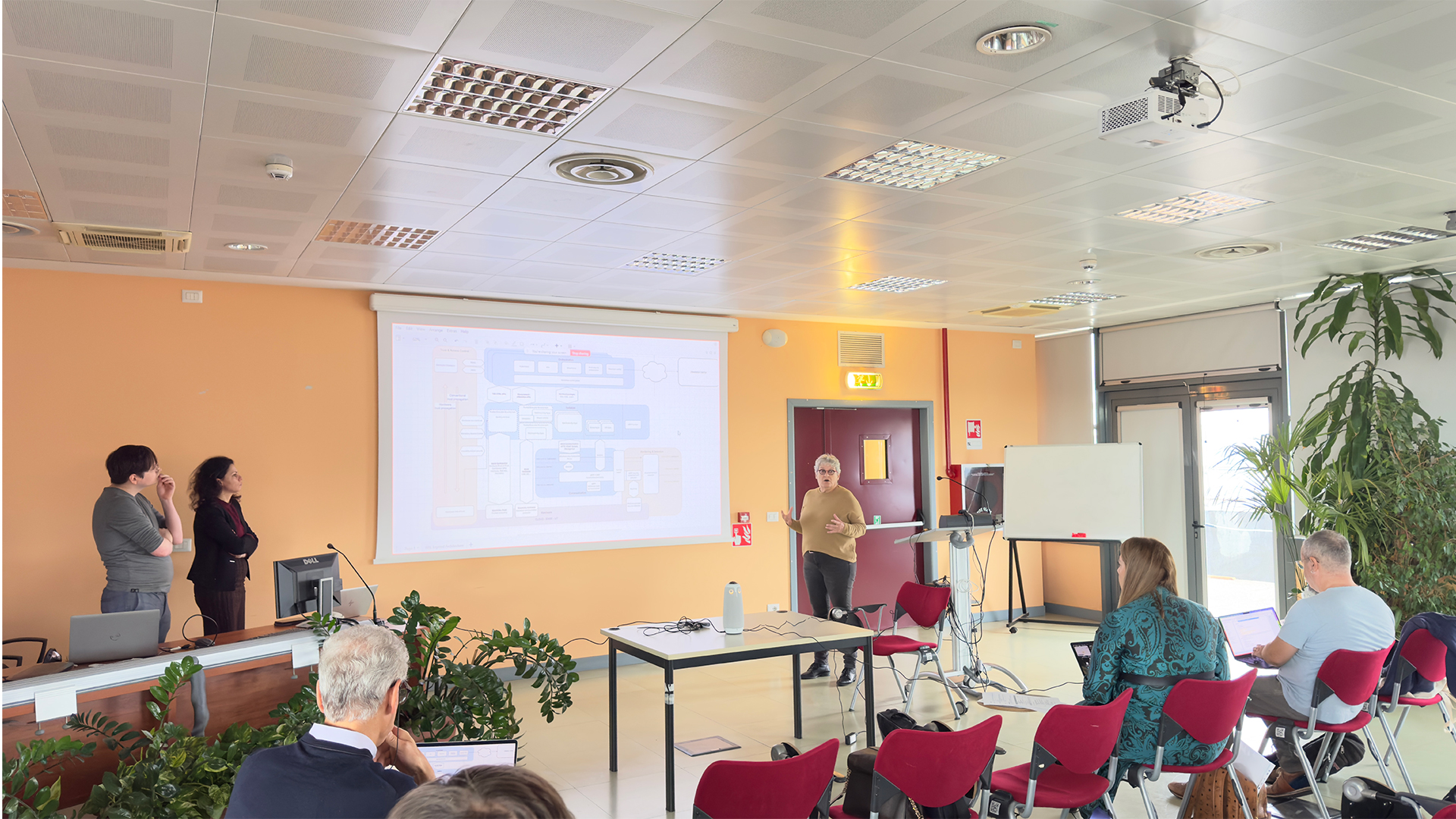
Next Steps and Closing Remarks
As the meeting concluded, each WP lead summarized action points and defined timelines for the next milestones. Upcoming work will continue refining architecture, enhancing confidentiality in distributed environments, and deploying edge-based orchestration. The consortium emphasized collaboration and committed to monthly updates to ensure each task remains aligned with the overall objectives.
With this productive session, the ELASTIC project is well-positioned to continue delivering efficient, secure, and adaptable orchestration technologies essential for 6G networks.
